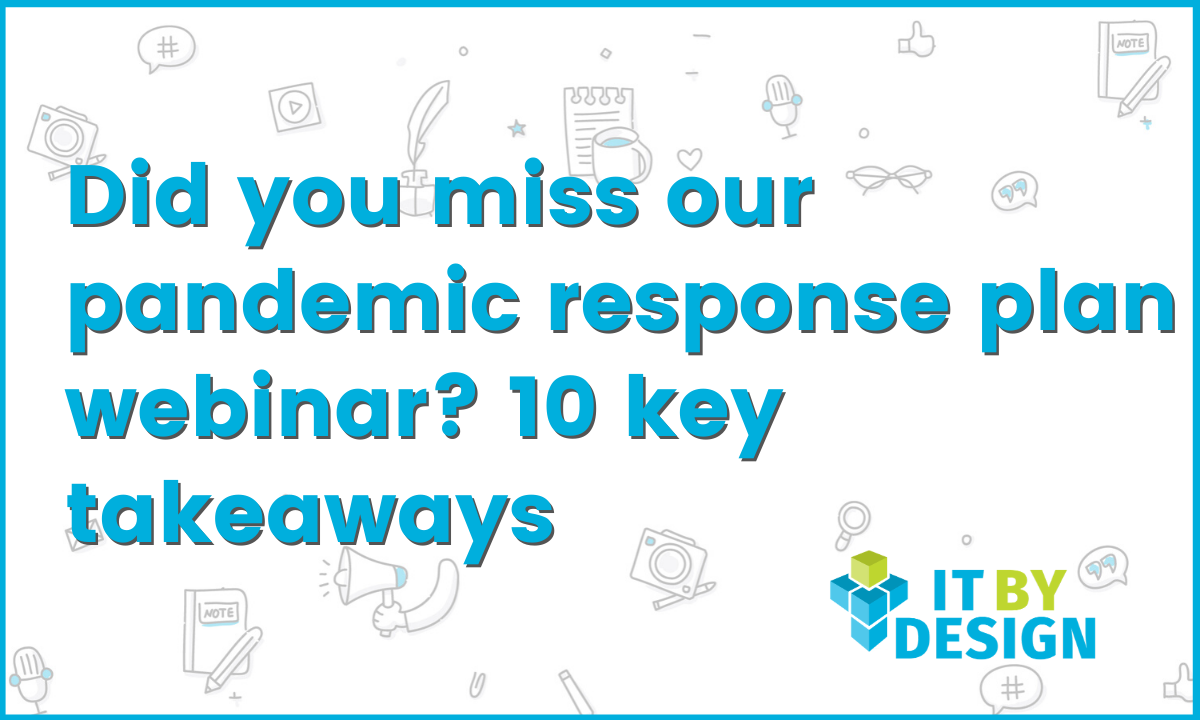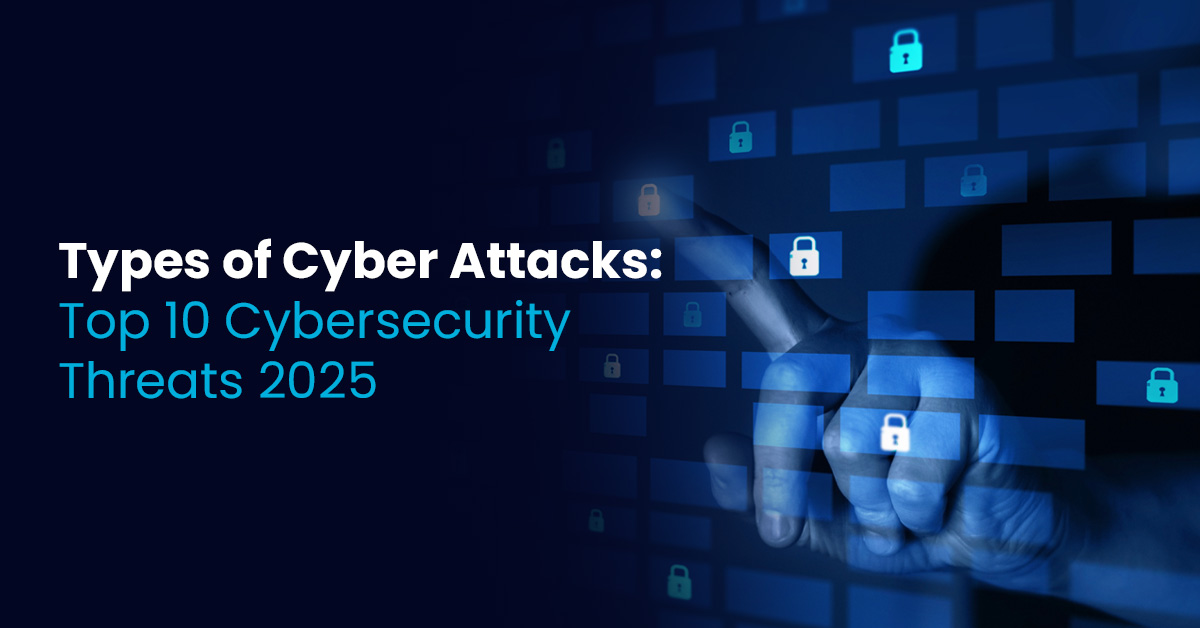Don’t worry if you couldn’t join us for our webinar last week—we were taking notes! Our guests helped us tackle topics such as communications, strategy, financials, operational changes, and mitigating risk in the quickly shifting business landscape being shaped by COVID-19. Plus they shared some great resources to help you get through this challenge.
Here are 10 key takeaways & tips:
Our HR partner Insperity has helped guide ITBD as we updated our emergency response plan and looked for resources, and we were thrilled they could share their wisdom with our friends. Some tips: If an employee seems anxious or unwilling to abide by any new workplace rules, take the time to have an open dialogue with them. Perhaps there is an underlying concern about a health compromised family member or simply an understandable heightened sense of concern. Taking the time to dig a little deeper may help you uncover common concerns that you can address in your all-team communications.
As you adjust to meet CDC requirements, especially in View Postbusinesses that must remain open as essential, be sure to explain to your customers what steps are being taken to protect workers and leave lines of communications open with employees who continue to be on the front lines. Be sure to communicate often both internally and externally!
When it comes to business operations, our guest Al Alper urged MSPs to be certain their remote workers were covered by a thorough cybersecurity blanket, as well as using apps that are fully secure and include an audit trail. MSPs are responsible for their employees’ work, and their work for customers, regardless of where their “desk” may be. While free tools may fit the bill most of the time, when an entire team, especially one dealing with customer data, is working remotely, more robust solutions are required.
Stretch the corners of your usual security solution to include remote workers. The best options include SSL VPN or site-to-site VPN. Make sure you set tight access controls via those connection solutions; remember, home systems lack robust security so these steps help you mitigate that risk.
Develop your emergency response team: Pick a leader who will serve as your emergency response coordinator, and then also think through who needs to fill key roles, such as communications, operations and IT, and HR. Want more details on the elements of an emergency response policy? Download ours here.
WFH standards are just as important as office rules: what time are employees expected to be available, what tools should they be using, who should they contact about concerns, how are you handling sick time, etc. Reiterate performance expectations; working from home isn’t permission to reduce levels of productivity.
Consider adding an end of day debrief to your daily morning huddles. With the situation changing so quickly, keeping your team in the loop and well informed is key, especially members of the teams interacting with customers, such as your sales and communications team.
Communicating is essential in any situation where information is overwhelming or circumstances are changing quickly. Remember your leadership role: be calm, be reassuring, be transparent. Try to keep empathy top of mind and pause to consider other people’s points of view, such as those with children or those who may have other circumstances that add stress or complications.
Share expertise with your peers and customers. When Al’s team pulled together resources to show how his business was prepared to serve clients and shared that with customers, they created that communications in a way that allowed their customers to cascade it down to their clients as well. For example, Al’s team shared a tip sheet for preparedness and feedback was incredibly positive. Remember, your customers are as dazed by these times as you may be, so share guidance where you can—and not just about technology.
Internal and external communications must be clarified from the top down. Make sure you are communicating often—and don’t just rely on email. Host town halls for your teams; you can use collaboration tools such as Zoom to create a sense of community. Share information on social media for your customers. Regardless, make sure your leadership team is on the same page before you say anything to avoid confusion. Then empower managers to cascade information as soon as decisions are made, using all the resources on hand.
Bonus Tip: Be the slow steady deliberate hand that helps your customers, and that will extend your value. You are a partner in the truest sense, and you’re providing the “particular set of skills” you have to relieve pressure in this new stressful reality. Perhaps that is your business value, perhaps that is a special skill someone on your team can share. But think about where and how you can serve your clients as a resource.








